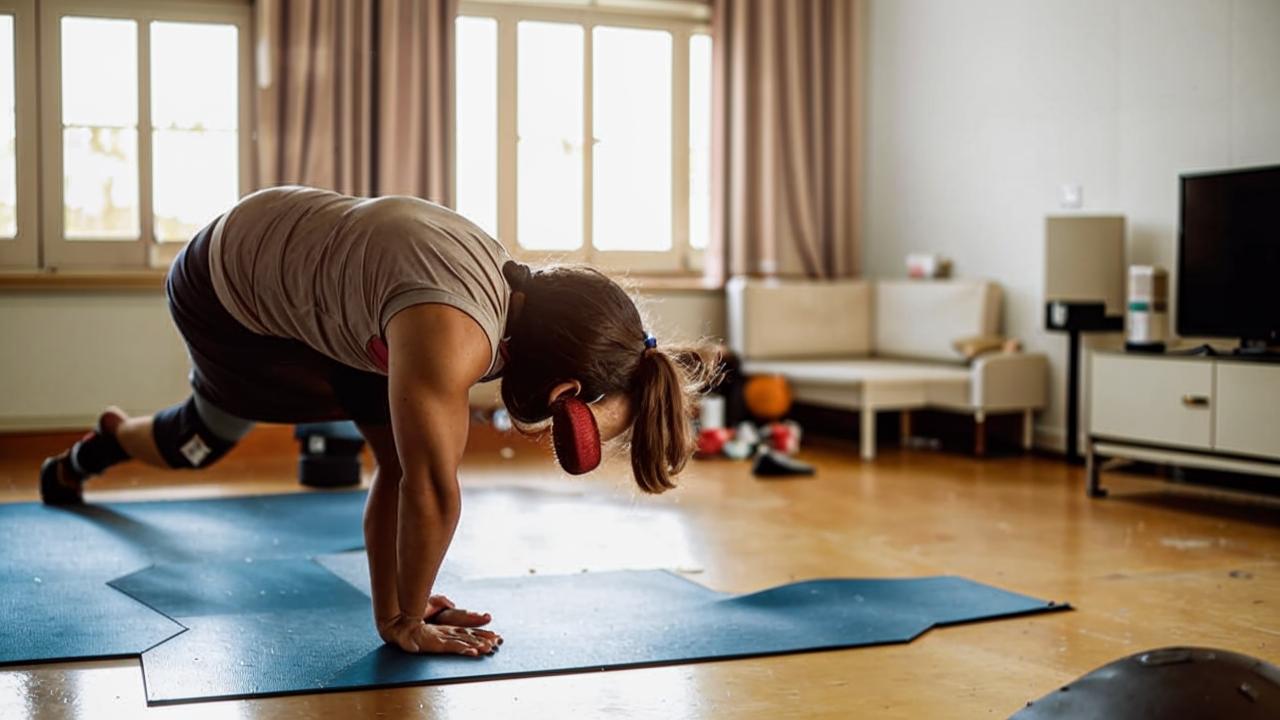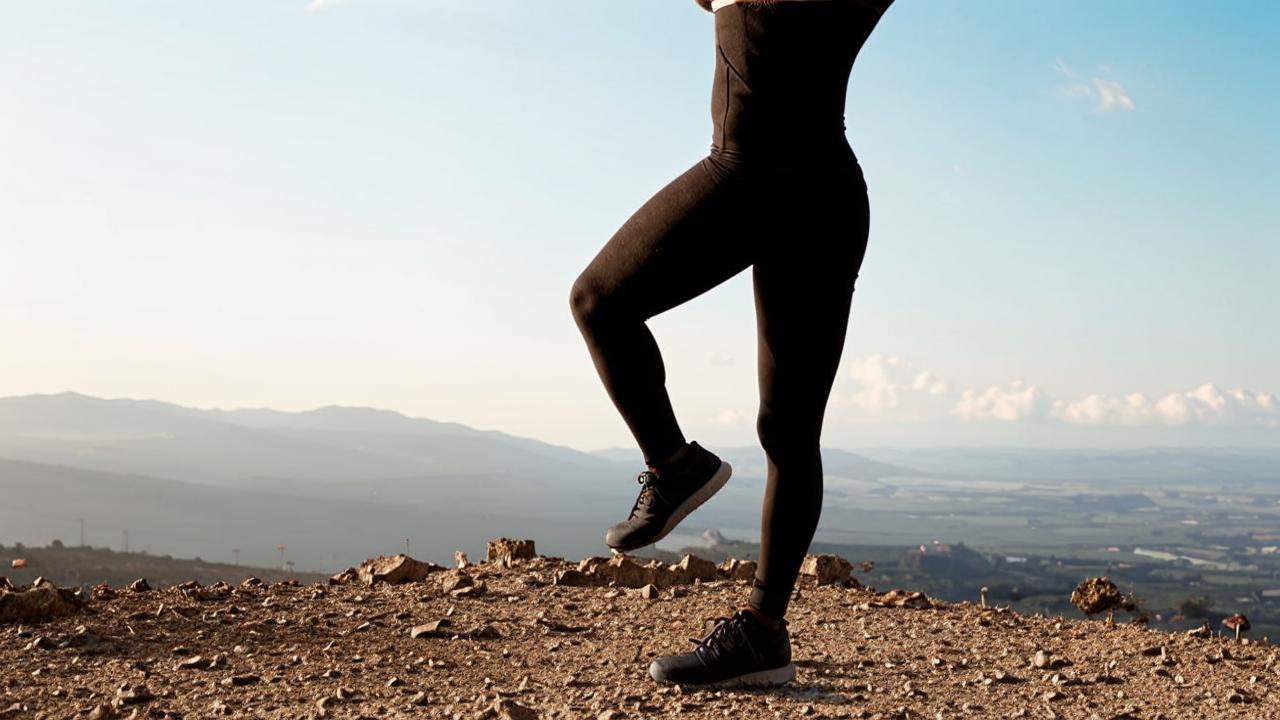Many people at least once in their lives have felt a tingling sensation when walking. The sensation occurs in the right or left subcostal region. Moreover, such discomfort is experienced by both people with a low level of physical fitness and professional athletes. As a rule, it is formed after eating or during physical activity. Feelings can appear when you have to speed up a step.
In addition to spasm due to insufficient blood supply to the diaphragm, there are a lot of reasons. Some of them can be dangerous for human health.
The nature of the pain
To assess the pain, it is necessary to correctly determine its character. It can be aching, dull, constant, sudden, dagger, shooting. Sharp pain can talk about serious problems with internal organs. It requires urgent medical attention.
Also, the unpleasant sensation can be reflected, when discomfort is felt not in the place of localization of the affected organ, and gives in other parts.
Causes of pain

Head of the Center for Personalized Medicine, therapist, cardiologist, geriatrician, FNAC FMBA of Russia
The most common cause of pain in the side when walking is improper breathing. It leads to spasm of the diaphragm, which causes a sharp and stabbing sensation.
It can also be due to insufficient blood pumping in the abdominal muscles. While walking, especially with significant exercise, blood is concentrated in the legs. Due to which there is a lack of blood supply to other parts of the body, including the abdominal muscles.
The appearance of dull and aching pain indicates damage or overstretching of the ligaments and muscles of the abdominal cavity. This can especially occur when making sudden movements or if there is no warm-up and warming up before training.

In rare cases, the cause may be problems with internal organs. For example, diseases of the liver, bile ducts or gallbladder cause pain in the side during exercise. Also, appendicitis, intestinal infections or bladder problems have similar symptoms. In serious illnesses, the pain will be constant and worsening.
Constipation, stomach irritation or inflammation of the pancreas also respond with pain in the side when walking. But they are usually accompanied by additional symptoms such as heartburn, nausea, vomiting or changes in stool.
In some cases, it’s the result of stress or anxiety that affects the skin, muscles and nerves, causing pain.
It’s worth bearing in mind that pain in the side when walking can radiate from other parts of the body. For example, kidney or back problems can cause pain that radiates to the lateral area during physical activity.
What should I do if I have pain?
If you experience discomfort when walking, stop and take a break. Allow your body to rest and restore normal function.
Try changing your posture or body position as you move. For example, slowly lean forward, bring your arms to your sides, or try stretching. Be sure to pay attention to your breathing. Focus on inhaling deeply through your nose and exhaling through your mouth. This will help relax your diaphragm and relieve cramps.

When you start a new physical activity or increase the intensity of your workouts, it’s important to do it gradually. Allow your body to adjust to the new activity to avoid overexertion and side pain.
Before beginning physical activity, do a warm-up and warm-down. This will help prepare your muscles and joints for the load, improve blood circulation and reduce the risk of flank pain.
You should not do active sports immediately after eating.
When do I need to see a doctor?
If the pain is mild and goes away on its own after a while, it is not necessary to see a doctor. However, if the pain occurs regularly, persists for several days or is accompanied by other symptoms such as fever, vomiting or blood in the urine, it is worth seeking medical advice and diagnosis immediately.
Diagnosis
Examinations may vary depending on the symptoms and the suspected diagnosis. First, the specialist will perform a physical examination, including assessment of blood pressure, pulse and localization of pain. He or she may also palpate the abdominal area for signs of possible internal organ problems. Additional procedures include blood and urine tests, ultrasound and gastroscopy.
Which doctor to go to?
Specialist should be chosen depending on the localization of pain. It can be under the ribs, in the pelvic area, in the lumbar region. Women with pulling pain sensations in the abdominal area should go to a gynecologist.

In all other cases, you can make an appointment with a therapist. He will send to undergo research. As a rule, to analyze urine and blood. Then, based on the results, the doctor will give a referral to a narrow specialist (nephrologist, neurologist or gastroenterologist).





